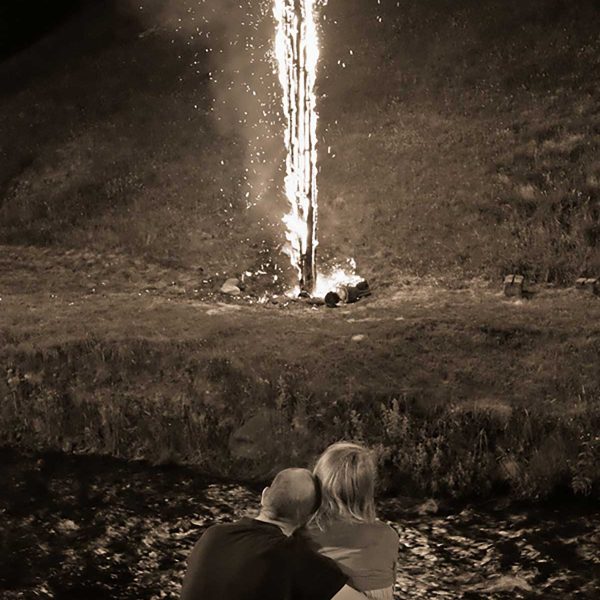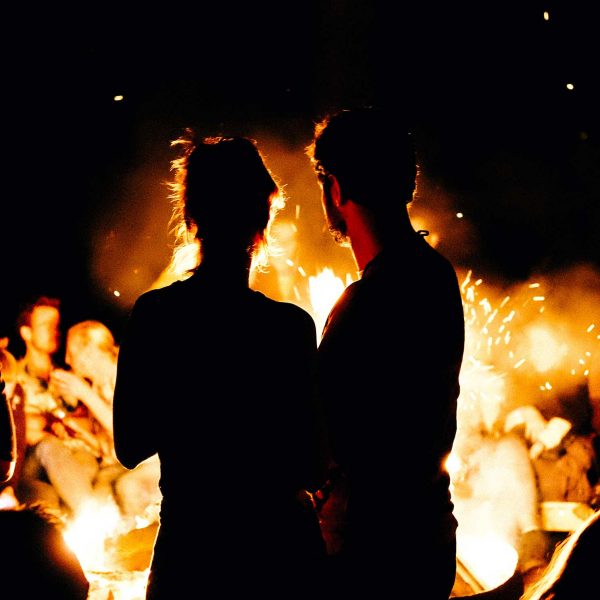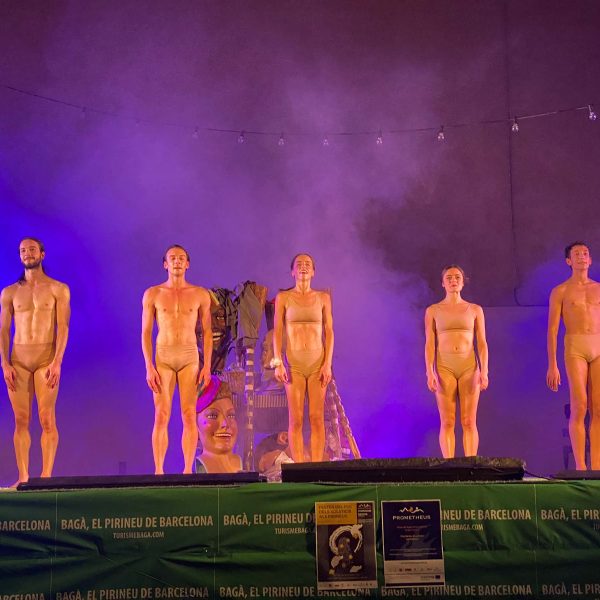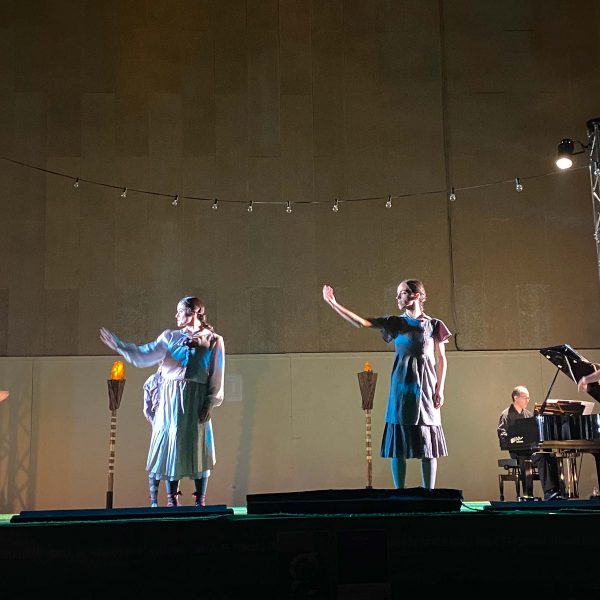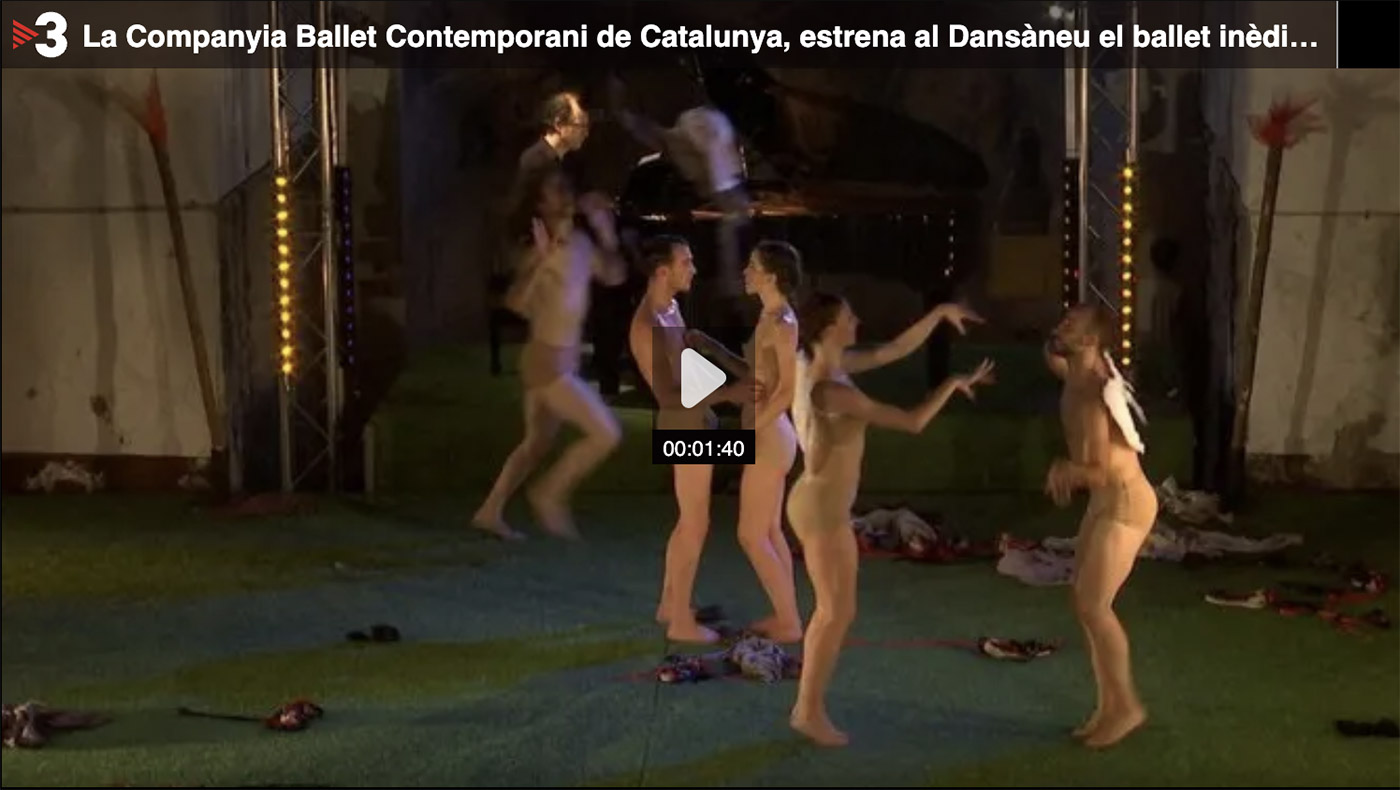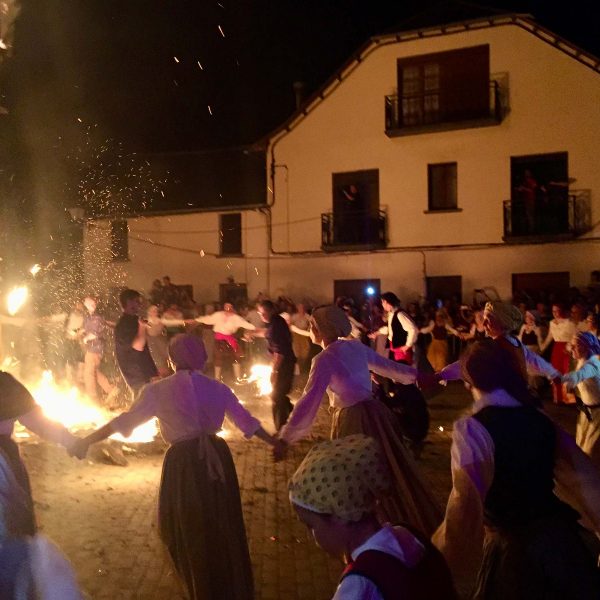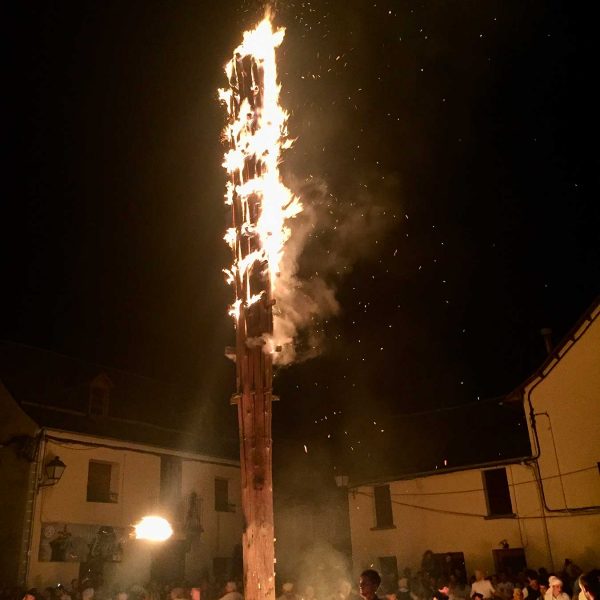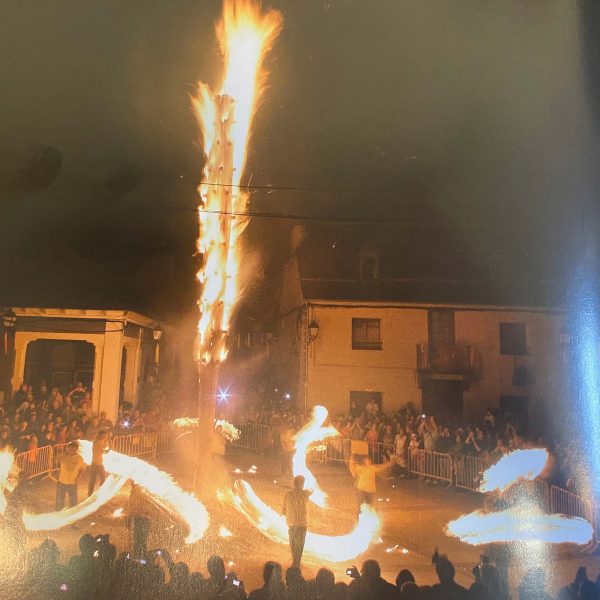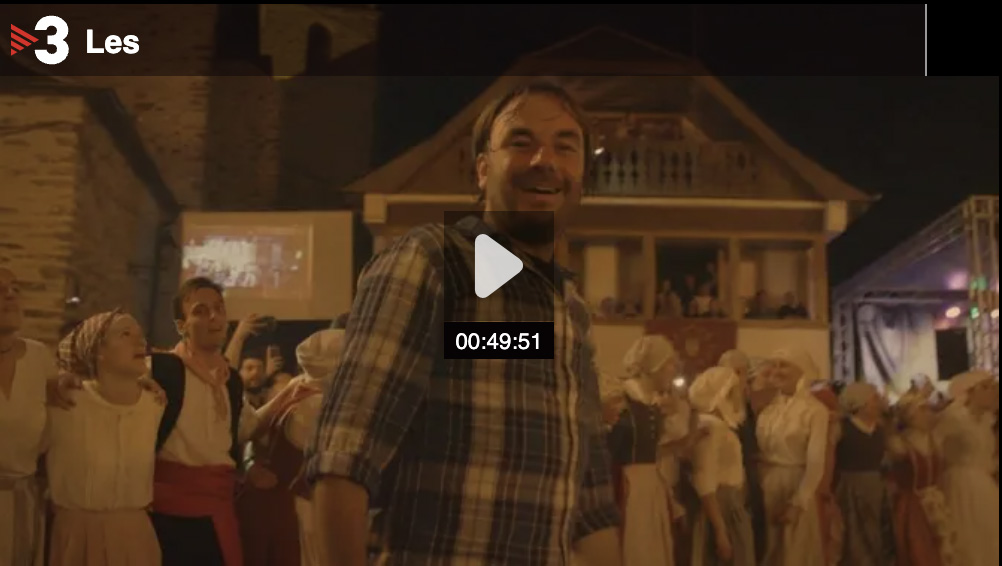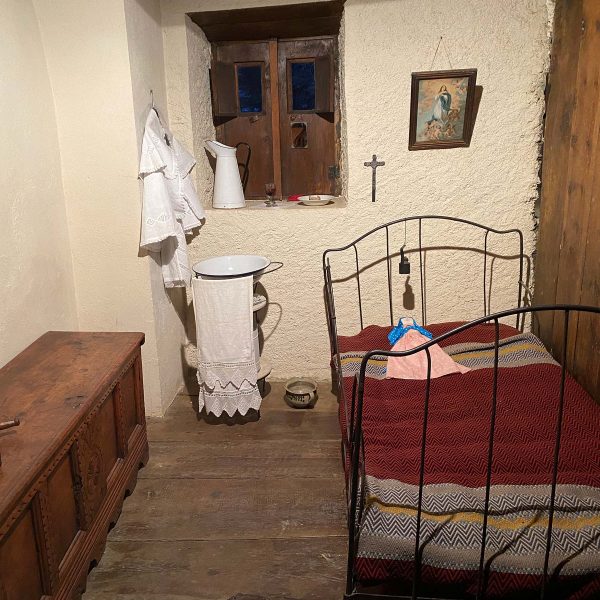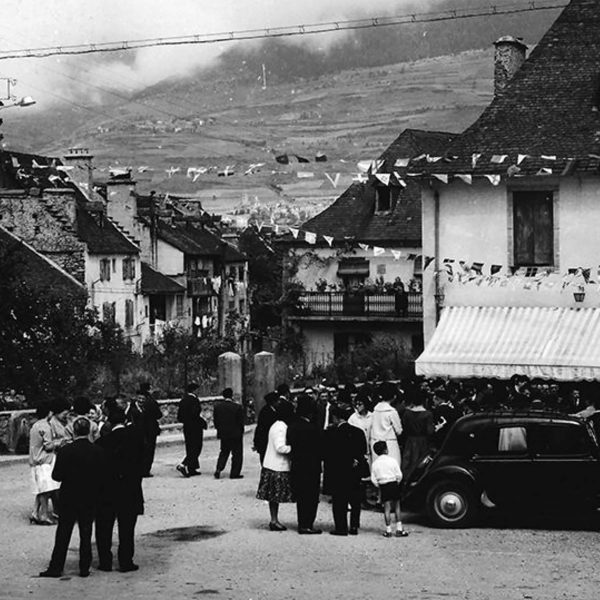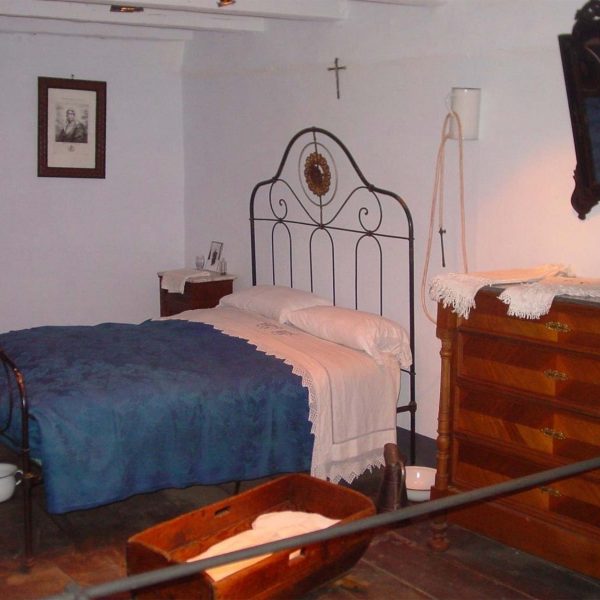Saint John’s Eve is also a night of love. In many villages, the celebration is a time for people to start new relationships and even to become engaged. In some celebrations, those who are married, particularly newlyweds, play a different role to those who are single.
With changes in demographics and the nature of relationships, many of these traditions have disappeared, but Saint John’s Eve continues to be a night for love.
The night of love according to Gerhard
In 2011, the Ballet Contemporani de Catalunya produced a hitherto unperformed work by the Catalan composer Robert Gerhard (1896-1970) that was inspired by the Isil falles The contemporary ballet showed the Pyrenean fire festivals on Saint John’s Eve to be a night of love, a night in which couples were allowed a degree of freedom. The work was premiered in Esterri d’Àneu as part of the Dansàneu festival and was subsequently performed at the Liceu in Barcelona.
A night for couples in Les
Love and marriage were tightly controlled in Pyrenean societies. Marriage was not only a personal matter; it had major implications for the future survival of the households. Marriage customs were therefore highly ritualized, and the role of each person involved was clearly defined.
In the Les fire festival, newlyweds played a role that highlighted their official transition to adulthood. On Saint Peter’s Day, the musicians and the young people would fetch the two most recently married couples, one of which prepared a crown and the other a cross of roses to crown the haro. Then, with the two couples at the head of the procession, they would all go to the square where the rest of the village awaited them. After the haro had been raised, the men would have to climb up to the top of the haro with the bouquets, and afterwards, the two couples would open the dance.
Once the haro was decorated, the married women would give a bouquet of flowers to their husbands, and then they would all go together to enjoy a meal of cheese, wine, and brandy. On return to the square, the first woman to be married that year, now in her wedding dress, would open the first dance, which was only for those who had been married that year. Marriage (a private affair between households) entered the public arena in this way, and as such, was controlled by the local community.
A couple who decided to get married on Saint John’s Eve
Despite all the social changes, Saint John’s Eve still is still associated with the rites of love. In a 2019 program of TV on the haro, a couple became engaged in public, and decided to get married on Saint John’s Day the following year. This shows that, despite all the changes in the nature of relationships these days, love still plays an important role in the collective imagination about Saint John’s Eve.
A la nit de Sant Joan, a Les, tot és possible 💞 #LesTV3 pic.twitter.com/0YhaAIYlI8
— El Foraster (@elforasterTV3) November 25, 2019
Love or vested interest?
The household used to be the center of social, economic and political life in the Pyrenees. Households were transmitted from generation to generation through the eldest son, who inherited most of the property. Marriages, therefore, were strictly controlled and were determined by family strategies for the eldest son and the other children. The goods to be inherited by sons and daughters, as well as dowries, were all signed before a notary.
In spite of these strict controls and the fact that young men and women had very few places to meet, love was not absent from those societies. There were places where young people could meet, an important one being at dances, particularly on Saint John’s Eve, when young couples were allowed a degree of freedom. In the square, and under the eyes of the community, young people could get to know each other at dances.
 Occitan
Occitan



